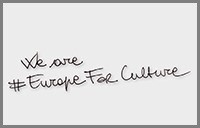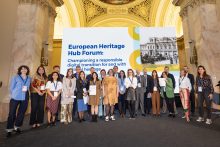Methods of making based on hand processes using hand tools or machines, in which high order skills are required to produce artefacts of high quality. Some of these skills are viewed as being transferable across generations and adaptable to new, contemporary practices – for example fashion accessories, in which traditional skills can lend added value to luxury goods. Craft skills are regarded as an intrinsic part of Cultural Heritage and are regarded as vulnerable for a variety of reasons, including displacement by automated manufacturing, the relatively high cost of labour, lack of continuity of intergenerational training, lack of recording and dissemination processes, lack of appropriate markets, low levels of remuneration, and lack of perceived value.
In Cultural Heritage terms, craft skills can have contemporary relevance in different ways:
• As transferable capabilities in new contemporary contexts – for example in areas such as contemporary crafts whereby craft skills can be applied within new aesthetic contexts or used with non-traditional materials and technologies
• Replication/revival – in which craft skills are exercised in the making of traditional artefacts e.g. high quality reproduction furniture
• As hybrid functions which can contribute as part of manufacturing processes for specific sectors such as luxury automotive production and where they signal attributes such as exclusivity, attention to detail, value and quality.
Craft skills are often associated with a demand for high-level human capabilities:
• Manual dexterity
• Extensive training and practice
• A specialist knowledge of materials, processes and finishes
• Specific relevant cultural/historical knowledge


 If you have interesting news and events to point out in the field of digital cultural heritage, we are waiting for your contribution.
If you have interesting news and events to point out in the field of digital cultural heritage, we are waiting for your contribution.



































